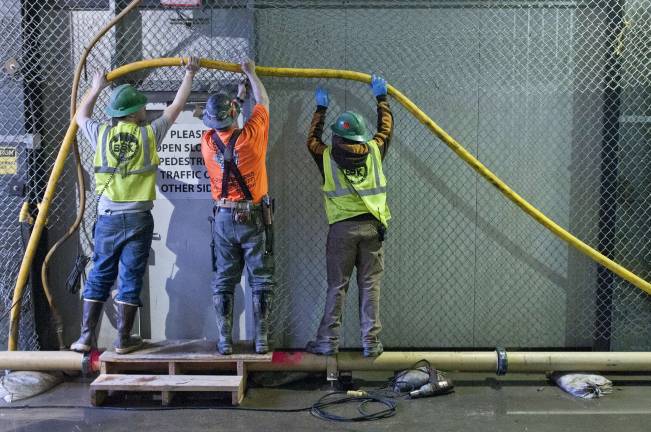Let’s Extend the Second Avenue Subway Op-Ed

On October 28, 2015, the MTA Board cut funding for Phase 2 of the Second Avenue Subway by $1 billion. As a result, construction of the section going from 96th Street to 125th Street will not begin until 2020 at the earliest.
The East Side is among the densest areas in America and our only subway line is already dangerously overcrowded. Delaying the construction of a full-service Second Avenue Subway is a tragedy for the East Side and the governor should step up to save the project in the coming legislative session.
In the draft MTA capital plan released last fall, the MTA proposed spending $1.535 billion on Phase 2 of the Second Avenue Subway, with construction starting in 2019. Under the final plan, however, this money was cut to $535 million for studies and property acquisition. With the construction costs and property prices going up, delaying construction into the 2020s will only make the project more expensive. At the same time, new housing construction on the East Side makes the SAS all the more necessary.
East Harlem will suffer the most from this delay but the negative effects will affect people living across the New York metro region. Riders on the 4/5/6 from the Bronx, the East Side of Manhattan, and commuters getting on at Grand Central will suffer as a result of continued overcrowding. Phase 2 includes a critical connection with Metro North at 125th Street and commuters who might consider taking public transit will instead drive into Manhattan, exacerbating congestion and abysmal air quality in the South Bronx, Harlem, and Yorkville.
There is still time to save the Second Avenue Subway. On Nov. 3, a bevy of local elected officials gathered to call for restoring funding to the projected. The MTA Capital Plan must be get final approval in Albany and it should not move forward without adequate funding for Phase 2 of the Second Avenue Subway.
New York State and City can and should work together to fully fund Phase 2, and our representatives in Washington should push for federal funding for this vital project. This month State Comptroller Tom DiNapoli projected a $1 billion state budget surplus in the current fiscal year, which could be used in part to pay for Phase 2. New York City can help pay the way for a full subway line if the legislature and governor implement a reasonable tolling plan like Sam Schwarz’s MoveNY plan or a return of the commuter tax.
New York City is the locus of economic growth for New York State. Investing in building and sustaining the city’s core transportation infrastructure should be a priority for the whole state.
Devin Gould is a Public Member of Manhattan Community Board 8’s Transportation Committee.